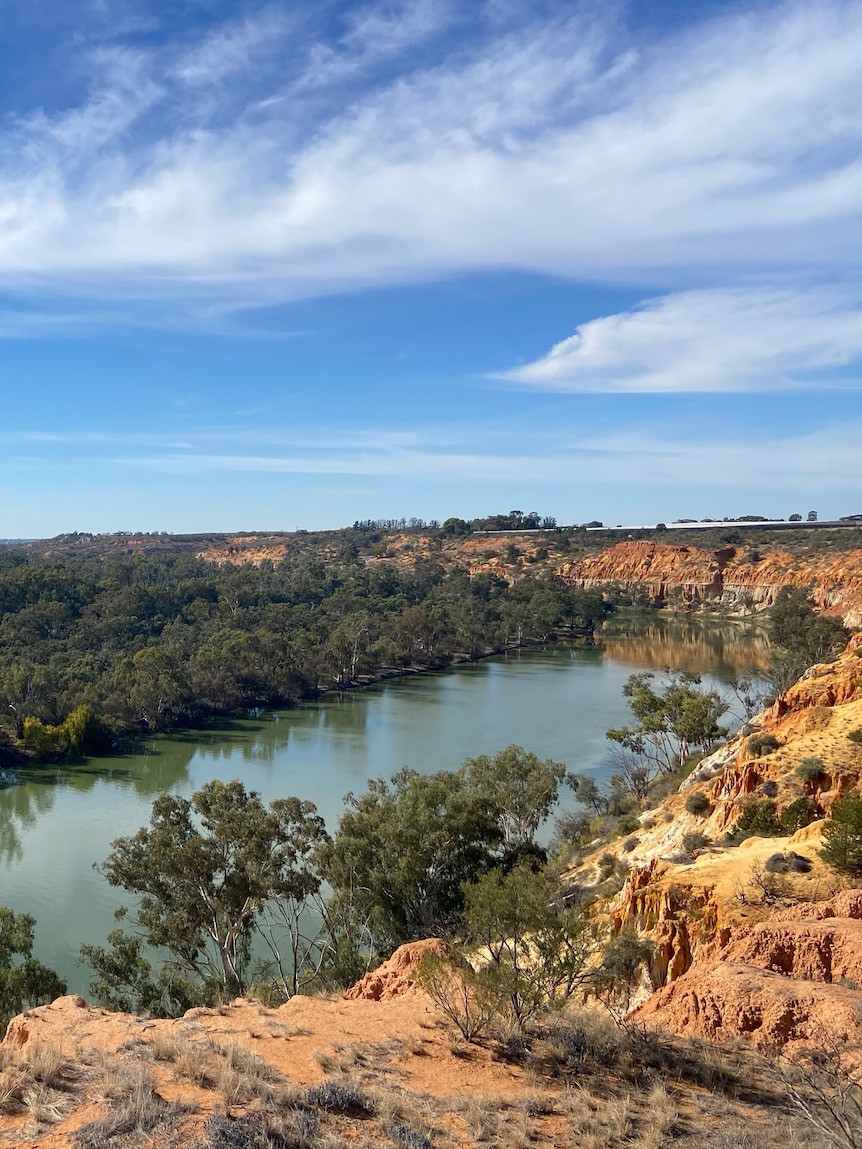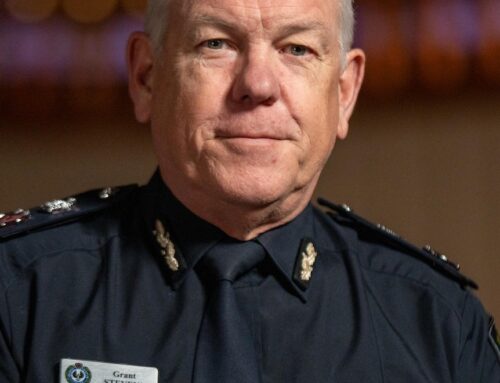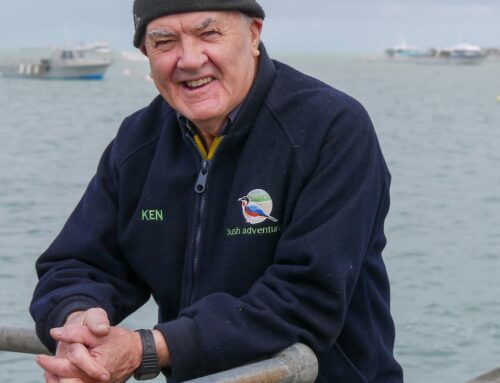Ngarrindjeri woman Lucy Sumner says she experienced many floods while growing up in Renmark but nothing quite as destructive as what came at the end of 2022 and start of 2023.
While the flood destroyed homes and left native vegetation in disarray, the silver lining has started to shine through.
Ms Sumner, who is a senior ranger with the River Murray and Mallee Aboriginal Corporation, said the Riverland had come back to life.
“I remember when I was small there was everything and then through the years things were dying down here,” she said.
“The receding of the [flood] water has left a lot of clay, so there’s a lot of seeds and new root beds, which is exciting.”
She said species had reappeared after water levels lowered — some for the first time in 25 years.
“There’s been a lot of sightings of the Murray Darling python, which is very exciting because I’ve never seen one in the wild,” Ms Sumner said.
“To know all these spotting sites are being seen … it seems like the flood has either brought them back or it just brought them out of their hiding places.”
“After the flood, all the vegetation that they need is here, it’s in abundance, so they’re all coming back.”
She said vegetation the animals needed was in abundance.
Smelly but healthy
Riverland residents can expect unpleasant odours and unattractive-looking water as Murray Darling Basin flows arrive in the region this week.
But the Department for Water and Environment says there is no need to worry.
Manager for water delivery, Chrissie Bloss, said while the algae would be noticeable, it was a non-toxic species that wouldn’t impact the river’s ecosystems.
“At this stage, we think the worst problem is that it’s not going to look very nice,” she said.
“It’s the best time of year to have it come through and it is aligned with a natural movement of water from the northern basin.”
Ms Bloss said the bacteria tended to be present in the Murray River and it was only a problem when the algae bloomed and grew into large volumes.
“At certain times it can be part of depleting the oxygen in the water and that can affect fish … but oxygen levels in the river at the moment have remained in the fairly healthy range,” she said.
A warning remained in place for Lake Alexandrina, including Goolwa, as water samples collected by SA Health on June 11 showed continued elevated levels of potentially harmful blue-green algae.
Fishing frenzy
Loxton fisherman Brad Dubrich said he was not concerned about the blue-green algae set to reach the Riverland in the coming weeks.
He said the quality of the fish he was catching and the quality of the water he was seeing had been the best since 2017.
“It’s the best fishing I have ever seen,” he said.
“You can see the boat propeller while you’re sitting there in the water and that’s a good 30 to 40 centimetres under the water.
“I think since the flood it’s done wonders for the fish because there’s plenty of bait around; lots of small bony bream, yabbies and shrimp that they’re feeding on.”
Ms Sumner said she hoped the ecosystem of the river would continue to thrive and grow as wildlife nourished the land.
“Everything’s coming back in abundance and we just want to try and keep them still here and attracted,” she said.
“We have to look after the land and the water so they can stay around for a while — not just up here one minute, and then five years later we hardly see anything, and then have to wait for another flood for everything to come back.”
Get our local newsletter, delivered free each Tuesday




